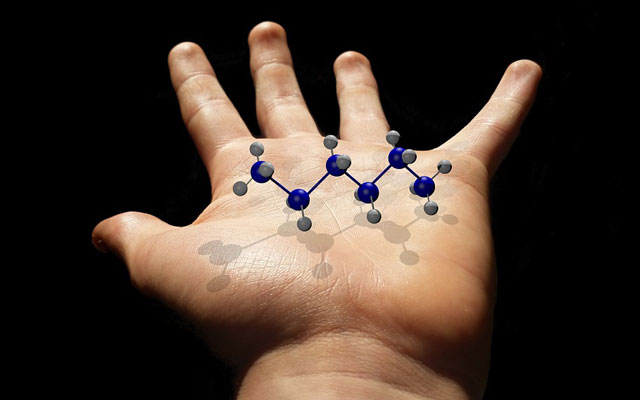
When it comes to getting chilled, atoms proved to be easier than molecules. This despite the fact of molecules being much bigger.
Atoms could be chilled to less than a millionth of a degree above absolute zero (‒273.15° Celsius), even achieving temperatures as low as 50 trillionths of a degree.
But when it comes to molecules, there’s tremendous difficulty since they move and vibrate in many ways and this produces heat.
However, a team of researchers at the Centre for Cold Matter, Blackett Laboratory, Imperial College London, has come up with a two-step technique to chill molecules near absolute zero.
This is entirely different from the traditional method of bringing chilled atoms together to produce ultra-cold molecules. This method has its limitations since it’s effective only on a handful types of molecules. Freezing congregated molecules is also another way that’s been adopted by physicists, but the number of types of molecules which could be chilled has not increased that much and they could only be chilled down to a few hundreds of millionths of degrees.
Experimenting with calcium monofluoride molecules, the researchers used magnets to make them stay in a magneto-optical trap. Then, they used laser to cool and slow down the molecules.
To further lower down their temperature beyond the Doppler limit, or the minimum temperature achievable, the researchers used an adapted form of Sisyphus cooling which is used to chill atoms. They created an electromagnetic field by firing two lasers directly at each other. The electromagnetic field drained the molecules of their energy, which cooled them down to within 50 millionths of a degree above absolute zero.
It was a feat that excited other scientists as well since this would make molecular studies easier.
“It’s a really exciting result,” remarks physicist David DeMille of Yale University. “It turns out it’s harder in almost every way to apply laser cooling and trapping to molecules, but there are many, many motivations for doing that.”
Hot and cold molecules contain a lot of differences between them. Temperature determines how much energy a molecule has. The hotter they are, the more energetic molecules get — they spin, zip, move agitatedly, making a lot of frenzied movements. Molecules that compose solid objects cannot move with as much freedom as those of liquid and gas, but they get agitated fast.
Higher temperatures also produce more pressure on molecules. In gases, the hot, fast-moving molecules tend to collide more with other molecules. The opposite happens to cold molecules. They move more slowly, experience less collision, and pressure is reduced.
When it comes to aspect of volume, a higher temperature causes molecules to expand. This can be observed in many solid objects. Even liquid expands or grows in volume when it gets hotter. On the other hand, when molecules get cold, they contract.
There may also be changes in state depending on the molecule’s temperature. As they become hotter, the molecules become more and more agitated to the point of using extra heat to get separated which results to a change in their state. From cold to hot, change may take place from the states of being solid or liquid to gas.
Now, with the capability to chill molecules beyond the Doppler limit, molecular study will be easier. It would also slow molecular reactions which will give researchers an opportunity to see what’s really happening and provide more in-depth knowledge about simultaneous interactions among molecules.




Leave a Reply